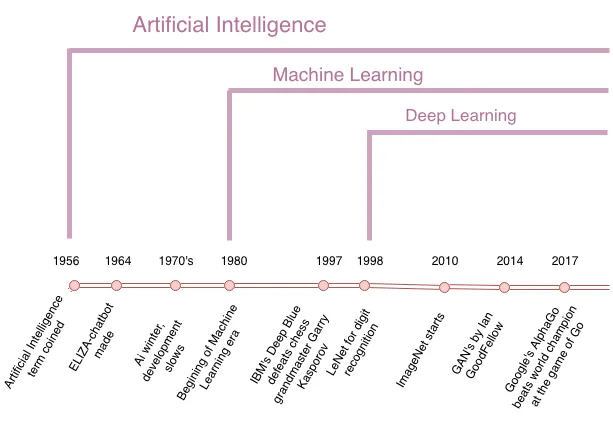
Hands-On Deep Learning Architectures with Python
Create deep neural networks to solve computational problems using TensorFlow and Keras
Yuxi (Hayden) Liu, Saransh Mehta
- 316 pages
- English
- ePUB (mobile friendly)
- Available on iOS & Android
Hands-On Deep Learning Architectures with Python
Create deep neural networks to solve computational problems using TensorFlow and Keras
Yuxi (Hayden) Liu, Saransh Mehta
About This Book
Concepts, tools, and techniques to explore deep learning architectures and methodologies
Key Features
- Explore advanced deep learning architectures using various datasets and frameworks
- Implement deep architectures for neural network models such as CNN, RNN, GAN, and many more
- Discover design patterns and different challenges for various deep learning architectures
Book Description
Deep learning architectures are composed of multilevel nonlinear operations that represent high-level abstractions; this allows you to learn useful feature representations from the data. This book will help you learn and implement deep learning architectures to resolve various deep learning research problems.
Hands-On Deep Learning Architectures with Python explains the essential learning algorithms used for deep and shallow architectures. Packed with practical implementations and ideas to help you build efficient artificial intelligence systems (AI), this book will help you learn how neural networks play a major role in building deep architectures. You will understand various deep learning architectures (such as AlexNet, VGG Net, GoogleNet) with easy-to-follow code and diagrams. In addition to this, the book will also guide you in building and training various deep architectures such as the Boltzmann mechanism, autoencoders, convolutional neural networks (CNNs), recurrent neural networks (RNNs), natural language processing (NLP), GAN, and more—all with practical implementations.
By the end of this book, you will be able to construct deep models using popular frameworks and datasets with the required design patterns for each architecture. You will be ready to explore the potential of deep architectures in today's world.
What you will learn
- Implement CNNs, RNNs, and other commonly used architectures with Python
- Explore architectures such as VGGNet, AlexNet, and GoogLeNet
- Build deep learning architectures for AI applications such as face and image recognition, fraud detection, and many more
- Understand the architectures and applications of Boltzmann machines and autoencoders with concrete examples
- Master artificial intelligence and neural network concepts and apply them to your architecture
- Understand deep learning architectures for mobile and embedded systems
Who this book is for
If you're a data scientist, machine learning developer/engineer, or deep learning practitioner, or are curious about AI and want to upgrade your knowledge of various deep learning architectures, this book will appeal to you. You are expected to have some knowledge of statistics and machine learning algorithms to get the best out of this book
Frequently asked questions
Information
Section 1: The Elements of Deep Learning
- Chapter 1, Getting Started with Deep Learning
- Chapter 2, Deep Feedforward Networks
- Chapter 3, Restricted Boltzmann Machines and Autoencoders
Getting Started with Deep Learning
- What artificial intelligence is, and how machine learning, deep learning relates to it
- The types of machine learning tasks
- Information about some interesting deep learning applications
- What an artificial neural network is, and how it works
- Setting up TensorFlow and Keras with Python
Artificial intelligence
